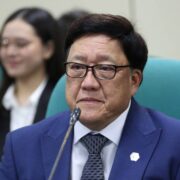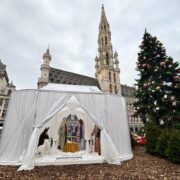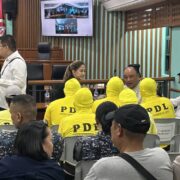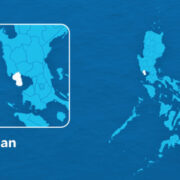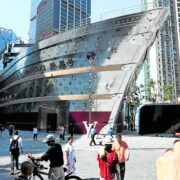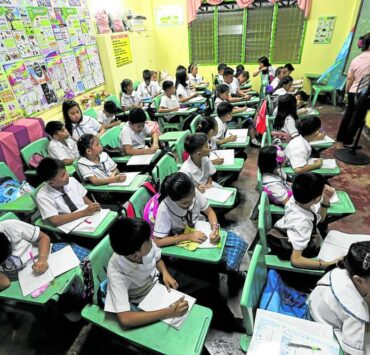Small-scale gold miners seek place in formal economy
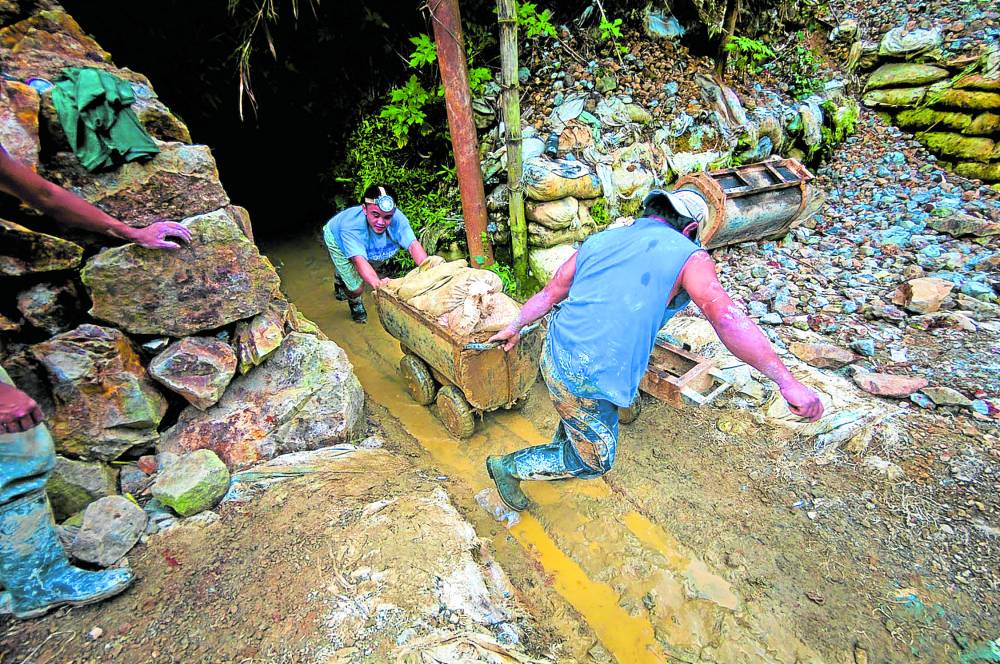
Small-scale gold miners from Camarines Norte and Mountain Province are pushing for a formal, more elevated status for their sector in the national economy through stronger partnerships with the Bangko Sentral ng Pilipinas (BSP) and the Department of Environment and Natural Resources (DENR).
At a conference in Parañaque City on Tuesday, the miners called for the formal recognition of their subindustry, which currently employs around 500,000 workers and supports the livelihood of about 2 million more Filipinos.
Such aspirations arise from their need for assistance and resources that could lead to safer working environments and methods, and more access to legitimate buyers and traders.
According to a study by the Philippine Institute for Development Studies, 70 percent of the country’s gold reserve supply comes from small-scale gold mining (SSM) operations like those in Paracale, Camarines Norte, and Sagada, Mountain Province. Nearly half of all provinces in the country have SSM activities.
Through SSM, individuals or small enterprises mine gold with minimal capital and use traditional techniques like manual labor and simple tools, which date back to the Spanish colonial period.
However, these miners often use the dangerous metal mercury to separate gold from the ore. Mercury binds to gold particles and forms an amalgam, which is then burned to extract the metal.
Out of 35 provinces with SSM activity, 22 have reported mercury use. A PlanetGOLD survey of 134 Paracale miners found that 68 percent use mercury because it is easy to use, while 41 percent said it’s the only method they know.
Through inhalation, direct contact or ingestion of mercury-contaminated animals, the miners can experience a range of effects, from short-term problems like skin issues to chronic effects, such as paralysis or the deterioration of the nervous system.
Mercury pollution also damages the wider ecosystem by affecting fish, crustaceans and amphibians, which would then poison mammals or birds that consume them.
Balance with the land
This is particularly important in communities like the Sagada Minahang Bayan. Here, four to 10 miners work on 20 to 25 tunnels for six to eight hours every day. Through underground mining, the site produces an average of 2,200 metric tons of gold, which is sold locally in Sagada or Baguio City.
“As Igorots, we are people of the mountain, raised with deep respect for nature. We know how to live in balance with the land,” said Joseph Patil-ao, president of the Northern Sagada Barangay Small-Scale Mining Association Inc.
“Perhaps most importantly, [we mine] with our cultural values—our belief in the sacredness of the land, the strength of the community, and our duty to care for the generations that come after us,” Patil-ao added.
The government requires those in SSM to register with the provincial or city mining regulatory board and acquire a small-scale mining contract, a mineral processing license and an environmental compliance certificate.
Miners must also operate within the country’s 55 designated Minahang Bayan zones, which are designated spots located away from forest reserves or protected areas.
PlanetGOLD
PlanetGOLD, a global initiative led by the United Nations Environment Programme with other UN organizations, aims to bridge SSM operations into the formal economy and professionalize the sector. It operates in 23 countries, with the Philippines among its early partner countries.
The program introduced mercury-free processing technologies in Paracale and Sagada and helped miners formalize their operations. The five-year project in the Philippines concluded at the Parañaque conference, where miners and local officials discussed integrating SSM into future local development plans.
“When I was first asked about my dream for miners like me, I gave a simple answer: that each miner would have a home,” said Demver Suzara, president of the Samahan ng mga Minero sa Barangay Casalugan. “But now, I want to add something to that dream—that we bring home work that is safe, healthy and dignified.”
Barangay Casalugan is in Paracale—nicknamed a “gold town” because it is one of the largest gold-producing regions in the Philippines. There are 26 active underworkings in the mining site employed through the use of shafts, which produce an average of 150 kilograms of gold annually.
Tax-exempt market
Strengthening the link between miners and the formal market requires establishing channels with the BSP. Under Republic Act No. 7076, or the People’s Small-Scale Mining Act of 1991, the BSP is the only formal end-market for gold produced by small-scale miners.
By selling to accredited gold traders who then source gold for the BSP, miners gain access to a tax-exempt market. The gold also contributes to national reserves.
“The adoption of mercury-free processing technologies aligns with the BSP’s responsible gold sourcing policy. It supports our thrust for safe and sustainable sourcing,” said BSP Assistant Governor Rosabel Guerrero.
Mercury-free model
Environment Undersecretary for Field Operations Juan Miguel Cuna said the department will mainstream the PlanetGOLD mercury-free model into both national and local programs, including the formalization frameworks introduced by the project.
He added that the program allowed the DENR to review its policies, expand technical support and enhance interagency coordination. The end goal, Cuna said, is to phase out mercury, integrate SSM into the formal economy, and ensure the safety and dignity of miners.
“This is not just a technical task but a moral and environmental impertive—it’s about protecting our now for the future,” Cuna said.





